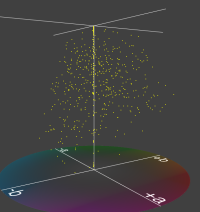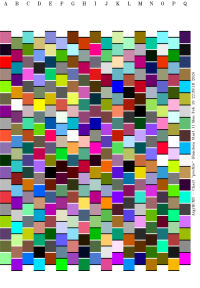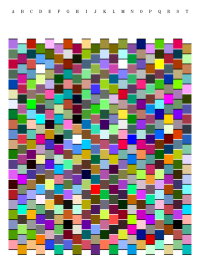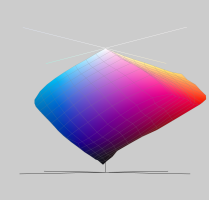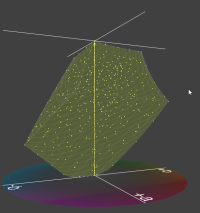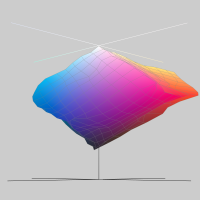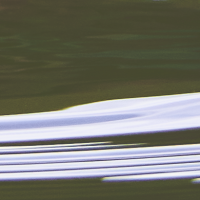lmylm
Printing Apprentice
- Joined
- Feb 17, 2024
- Messages
- 14
- Reaction score
- 9
- Points
- 10
- Printer Model
- Inkjet
Hi! A few months ago I started getting into home photo printing. I found my photo prints to have colors that did not really match the ones on my calibrated screen. Mostly I realized a magenta tint, especially on people’s faces.
After reading a lot on websites and in Internet forums like this one, I got myself a used Colormunki Photo and started profiling my papers. First I used ccStudio by X-Rite, just to start out with the Software this Hardware is intended for. After this seemingly worked I wanted to use ArgyllCMS as I read that the profile precision/accuracy is supposed to be much better when profiling with this software.
I was heavily disappointed when I used the resulting ArgyllCMS profile. The soft proof was dull already, no comparison to the profile I created with ccStudio. The darker tones are completely lost.
Here is an example in the form of soft proof crops of water ripples (when printing using each profile I get a result that very closely resembles the respective soft proof):
The paper I profiled here is matte and my printer uses dye inks. So the low black levels I got from ccStudio is what I expected. What I did not expect are the non-existing black levels in the ArgyllCMS profile.
To further investigate I then compared the resulting profiles in ColorSync Utility:
With my superficial knowlegde the reason for the missing darker tones with the ArgyllCMS profile seems to be obvious. The ArgyllCMS doesn’t “have” them. Do I need to tell ArgyllCMS to somehow stretch the profile like ccStudio apparently did?
For the ArgyllCMS profile creation I used parmacists great post and the article by Anders Torger as base information for my profiling with ArgyllCMS.
I ended up with these commands:
Producing this target sheet:
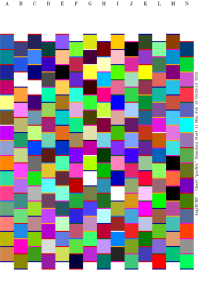
I really hope someone is able to shed some light on this.
UPDATE: Here is a scan of three actual prints (ArgyllCMS, Original, ccStudio):

For details see https://www.printerknowledge.com/th...-tones-compared-to-ccstudio.16373/post-141537
After reading a lot on websites and in Internet forums like this one, I got myself a used Colormunki Photo and started profiling my papers. First I used ccStudio by X-Rite, just to start out with the Software this Hardware is intended for. After this seemingly worked I wanted to use ArgyllCMS as I read that the profile precision/accuracy is supposed to be much better when profiling with this software.
I was heavily disappointed when I used the resulting ArgyllCMS profile. The soft proof was dull already, no comparison to the profile I created with ccStudio. The darker tones are completely lost.
Here is an example in the form of soft proof crops of water ripples (when printing using each profile I get a result that very closely resembles the respective soft proof):
|
Original | ccStudio | ArgyllCMS |
The paper I profiled here is matte and my printer uses dye inks. So the low black levels I got from ccStudio is what I expected. What I did not expect are the non-existing black levels in the ArgyllCMS profile.
To further investigate I then compared the resulting profiles in ColorSync Utility:
ccStudio | ArgyllCMS |
With my superficial knowlegde the reason for the missing darker tones with the ArgyllCMS profile seems to be obvious. The ArgyllCMS doesn’t “have” them. Do I need to tell ArgyllCMS to somehow stretch the profile like ccStudio apparently did?
For the ArgyllCMS profile creation I used parmacists great post and the article by Anders Torger as base information for my profiling with ArgyllCMS.
I ended up with these commands:
Bash:
targen -v -d2 -G -g8 -f210 $PROFILENAME
printtarg -v -iCM -h -R1 -T300 -p A4 $PROFILENAME
chartread -v -H -T0.4 $PROFILENAME
colprof -v -qh -S AdobeRGB1998.icc -cmt -dpp $PROFILENAMEProducing this target sheet:

I really hope someone is able to shed some light on this.
UPDATE: Here is a scan of three actual prints (ArgyllCMS, Original, ccStudio):
For details see https://www.printerknowledge.com/th...-tones-compared-to-ccstudio.16373/post-141537
Last edited:

